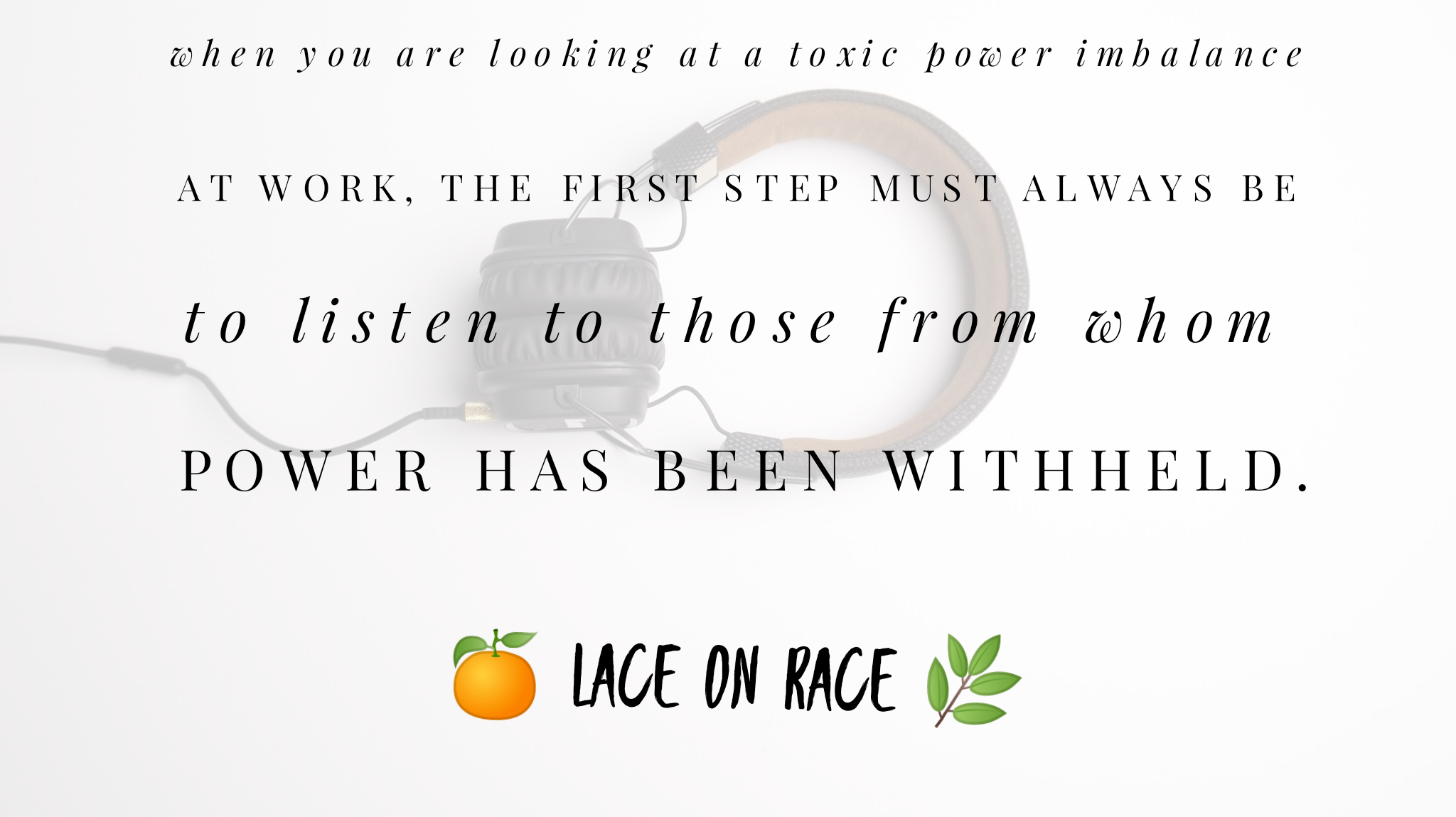I make my living as a secretary. Some aspects of my job I like better than others. I enjoy formatting documents because there can be a bit of a puzzle aspect to it and I LOVE to solve a puzzle. The other day a coworker asked me to help them figure out what was wrong in their Word document. They only had text on half the page, and then the rest of their document was on the next page. The first thing I did was turn on the “Show/Hide ¶” option which then shows paragraph markers and other hidden symbols. Helping my coworker fix their document was easy now, and easy for me to show them where the problem was. I liken it to an x-ray in a way. It helps me to be able to see the skeleton of my document when I’m working to make it better.
If we don’t want to (or don’t know how to) look beneath the surface of an issue, we are generally going to be less effective at solving the problem. Back to my Word document analogy, I’ve seen people attempt to fix a spacing issue in a document when they don’t yet understand why the space is there to begin with. In my experience, they rarely succeed. Sometimes, by sheer luck, they can hit delete and enter the right number of times in the right order to make things “appear” better, but with the very next edit or new paragraph, the problem reappears or a new one pops up in its place.
White people do this when we try to “fix racism” in our own way. When I was first willing to start opening my eyes and ears (my heart and mind) to the truth, the first thing I did was start to talk. It felt to me like the next step was to tell everyone (yell at everyone) about all this that I could suddenly see – as though I had discovered it (how white of me!). My efforts were haphazard at best and violent at worst. I pushed away those white friends who weren’t yet willing to see. I white-splained racism to black brothers and sisters who may have had a different experience from the perspective I had learned. Maybe once or twice I did something that looked decent on the surface, but at no point in that phase did I do anything truly effective or helpful.
If only there was a “Show/Hide racism” button in life! While there is no easy button to push, there is still a way to get to the root of systemic racism and clearly see the inner workings of the institution of white supremacy. When you are looking at a toxic power imbalance at work, the first step must always be to listen to those from whom power has been withheld.
People in that position can see the entire power structure most clearly. It starts with listening to others and believing what they tell you. As you learn, it can be tempting to run out ahead and start trying to lead others, but that may not be the best way. It’s crucial to keep looking at the x-ray.
As I build relationships with black men and women who are willing to share with me and teach me, I begin to see more deeply. But I can never step away from those relationships to lead the charge. My “show racism button” is connected to those relationships.
It matters who you walk with. It matters where your community lies and where you are willing to lay down your power (steeped in ignorance) to follow another’s lead.

Leave a Reply